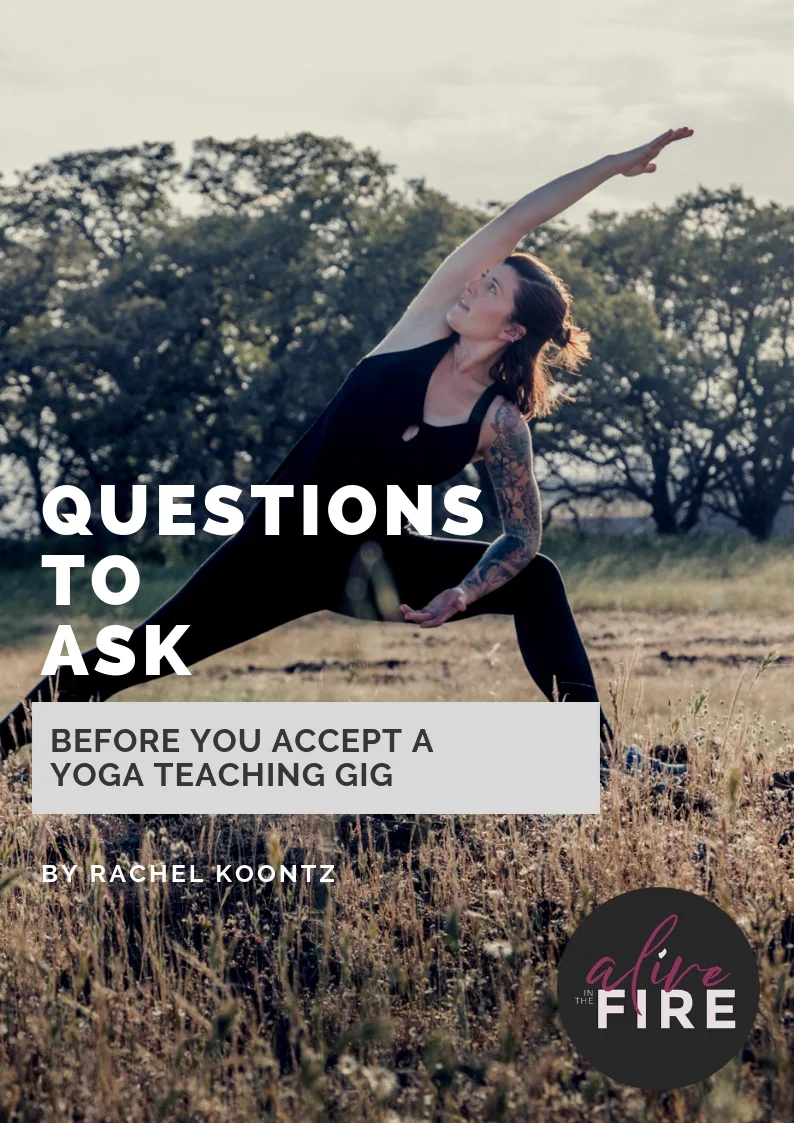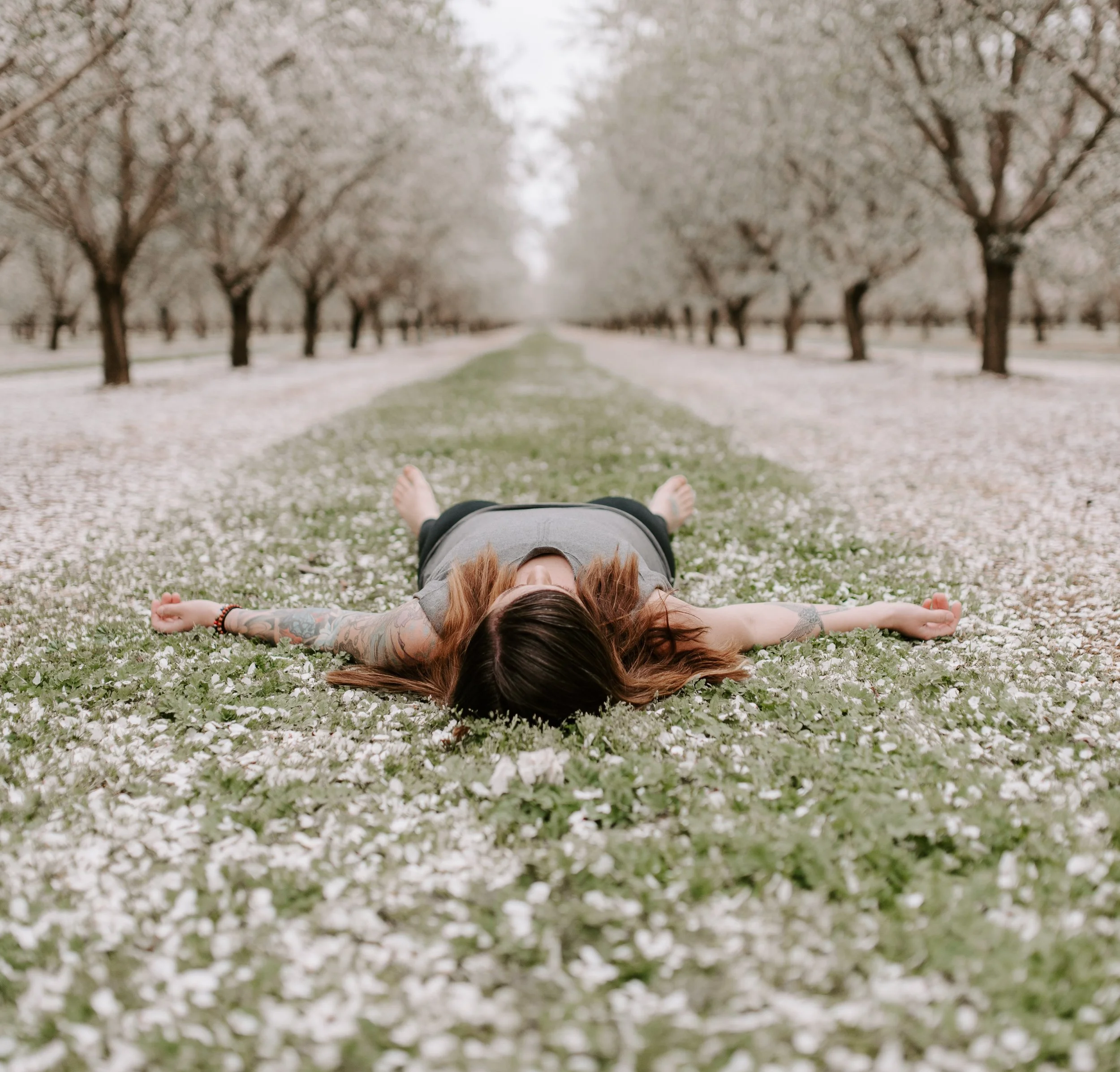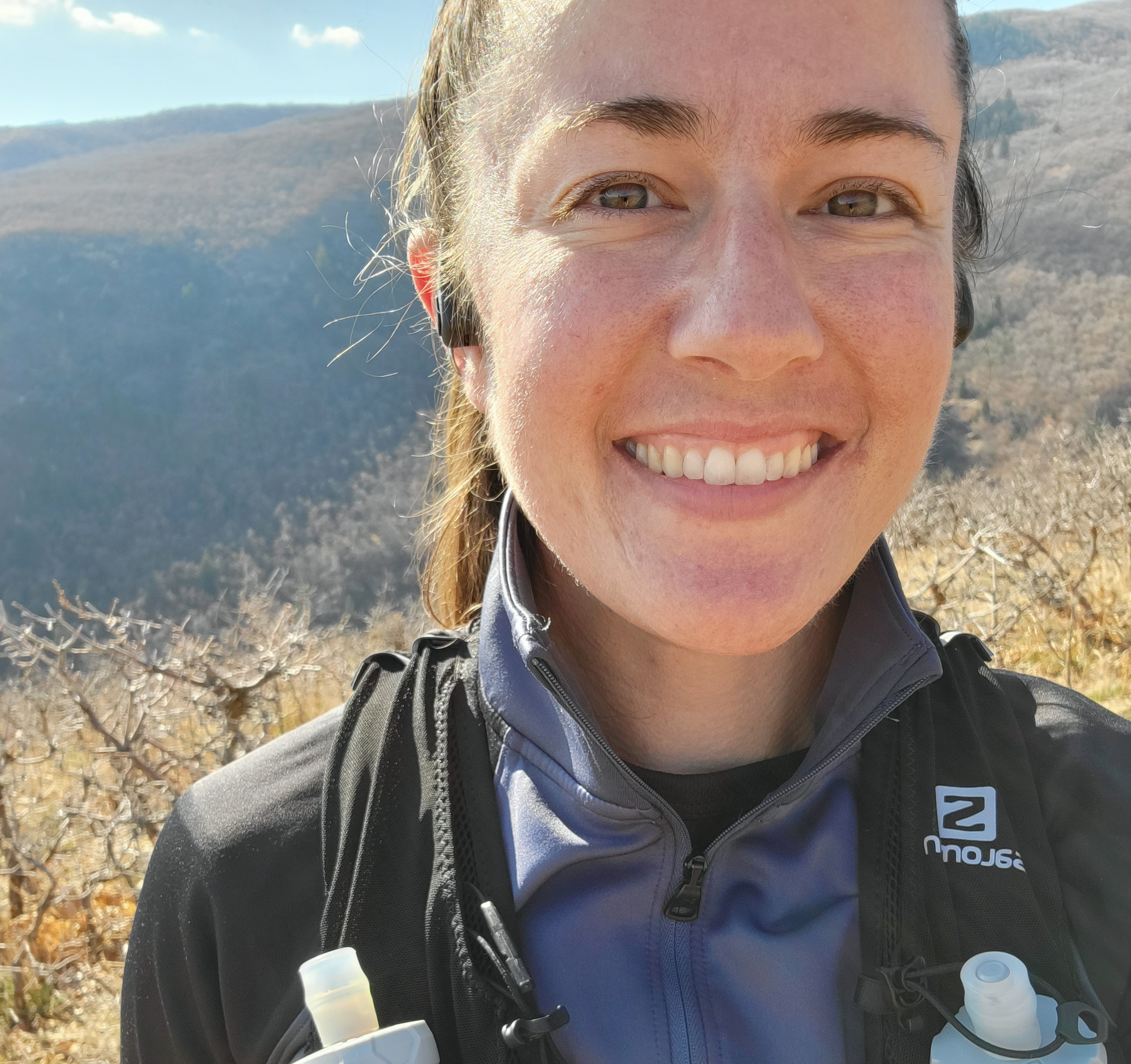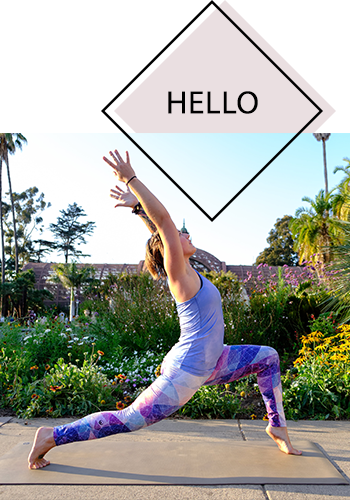Planning a Power Vinyasa Flow Yoga Class
/Ah, sequencing.
Every new yoga teacher’s favorite ;)
I hear this question a lot: “So, how do you plan your classes? Do you memorize what poses you’re going to teach?”
I used to.
For at least the first few years of teaching Vinyasa classes, I would spend time before class planning out exactly what I wanted to teach. Writing down each pose and going over it in my head. Ideally— practicing the entire class on my own mat before stepping into the room to teach it.
Now, 5 years into my teaching path, I am able to show up with much less structure and build a class in the moment. I use a similar format — building the class to a peak pose, or a moment of challenge intended to create a ‘breakthrough’ moment…but each class is different.
I don’t have a memorized sequence that I use every time.
I teach depending on who is in the room.
During the warm up, I assess the yogis in the class and the level of mobility and strength they have in their practice, and then go from there. I adjust depending on the energy level in the room, if I’m noticing people resting in child’s pose, noticing the collective energy of the group as it relates to the season and the time of day we’re in class (morning classes are different than evening classes, and spring classes are different than winter).
I also change my mind, end up shifting toward something different, or realize as I’m teaching that the students are craving something different. I’ll often offer a moment for them to do their own thing — add a pose that their body is needing — and I use that information to shape where I go next.
But, it took me a while to get here. ;) Years, actually.
In the beginning, I recommend planning your class. Spend time thinking about where you want to.
Spend time practicing the cues out loud, and doing the entire sequence you want to teach. Feel in your body how the poses are, notice subtle differences that would arise if you re-ordered the pose one way or another. If you can, teach the class to someone else and ask for feedback.
Also, consider the timing.
How much time will you spend on each section of class? How much time do you need to account for in transitions, such as grabbing props, getting up or down from the floor, moving to the wall, or transitioning out of shavasana at the end of class?
With time, these little refinements will become second nature.
But for now, plan them out. ;)
I’ve created a handy worksheet for building your 75-minute vinyasa class. If you’d like a free copy, shoot me an email: aliveinthefire@gmail.com. I’d love to help.
Namaste, beautiful one.
Photos by Angelo Hilton.


























Are you at your breaking point? Are you past it?
If you are experiencing stress, feeling overwhelmed, or struggling to let go of what’s bothering you, this e-book is for you. Included:
One-minute exercises to find calm within chaos
The best yoga poses for reducing stress
Journaling exercises to help you identify what's stressing you out and what you can do about it
Practices to help you release negativity in seconds
Affirmations to help you shift from self-loathing to self-love
10 quick and easy stress hacks - small changes that make a big difference
Stress offers us a unique opportunity to practice being present. Read this book for ideas about how to re-frame your mindset around stress, ground your energy, and bring your body and mind into a state of calm.